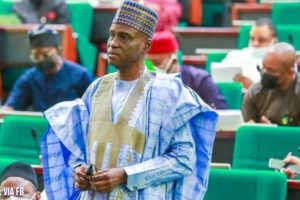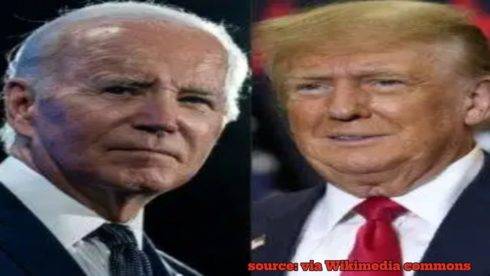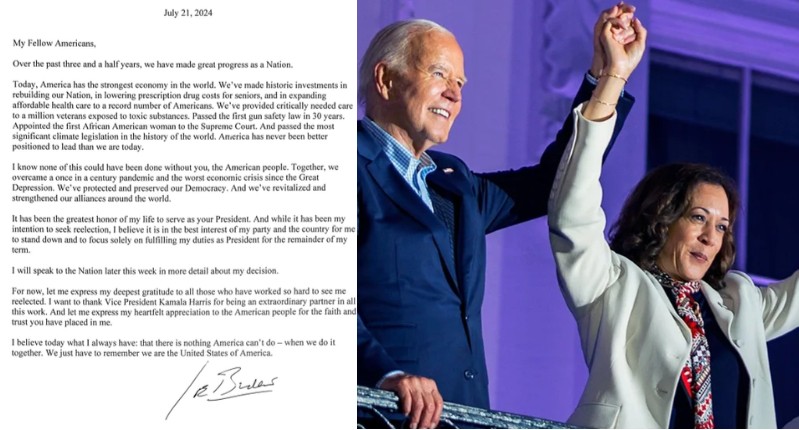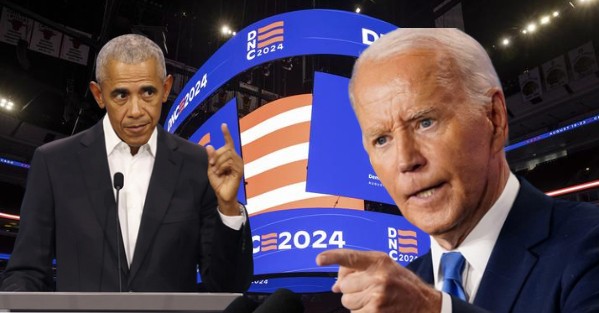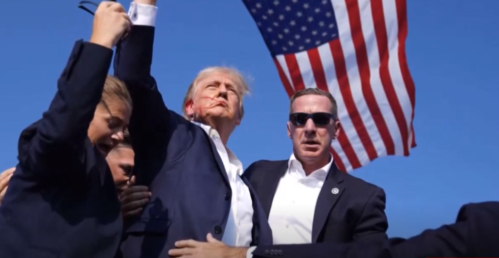In a strategic move signaling the high stakes of the upcoming fall elections, the Democratic Senate Majority PAC has unveiled a historic $239 million investment strategy. This substantial fund allocation is strategically aimed at safeguarding seven pivotal Senate seats crucial for maintaining Democratic control amidst mounting Republican challenges.
With the Senate serving as the frontline battleground for President Biden’s legislative agenda, this unprecedented financial commitment underscores the paramount importance of the upcoming electoral contest. J.B. Poersch, the president of the PAC, highlighted key issues such as abortion rights, healthcare, and social security, emphasizing the critical role of the massive TV ad expenditure in resonating with voters and reinforcing the significance of the impending decision.
The monumental investment of $239 million by the Democratic Senate Majority PAC underscores a strategic initiative to prioritize and defend key Senate seats crucial for advancing the Democratic agenda. This substantial financial commitment reflects a proactive stance in combating Republican opposition and ensuring the preservation of Democratic control in the Senate.
By focusing on issues vital to voters such as abortion rights, healthcare, and social security, the PAC aims to effectively communicate the stakes of the upcoming elections and galvanize support for Democratic candidates. As the battle for Senate dominance intensifies, this unprecedented investment underscores the commitment of Democratic strategists to secure a favorable outcome in the pivotal electoral contest, thereby shaping the trajectory of legislative priorities in the United States.
Mobilizing Key Demographics for Democratic Victory
The Democratic PAC is not solely relying on traditional TV advertisements to sway voters; instead, they are diversifying their approach by investing in targeted digital ad campaigns. Their strategic allocation of resources towards mobilizing Latino, Black, and younger voters reflects a keen understanding of the shifting demographic landscape. By focusing on these groups, which have historically favored Democratic policies, the PAC aims to bolster support for the party and its candidates. This multifaceted strategy acknowledges the importance of engaging with voters across various platforms and demographics, ultimately aiming to solidify Democratic dominance in upcoming elections.
Recognizing the potential influence of Latino, Black, and younger voters, the Democratic PAC is prioritizing these demographics in their digital ad campaigns. This targeted approach not only seeks to rally support for Democratic candidates but also aims to sway undecided voters away from the Republican camp. By leveraging digital platforms to reach these specific groups, the PAC is positioning itself to capitalize on their potential impact in key battleground states. This nuanced strategy underscores the PAC’s commitment to maximizing its reach and effectiveness in the modern political landscape, setting the stage for a competitive and impactful electoral season.
Democratic Victory: Strategic Resource Allocation in Key Battleground States
In dissecting the $239 million expenditure, a strategic distribution plan emerges, showcasing a deliberate allocation of resources across pivotal battleground states. With meticulous planning, substantial funds are earmarked for states such as Ohio, Montana, Pennsylvania, Nevada, Arizona, Michigan, and Wisconsin. These states are poised to host fiercely contested Senate races, making them the focal points of political attention. This targeted allocation underscores a calculated effort by the Democratic party to consolidate their positions in regions critical to their electoral success. By strategically investing in these key battlegrounds, Democrats aim to bolster their chances of securing pivotal victories in the upcoming elections.
This nuanced approach to resource distribution reflects a keen understanding of the electoral landscape, with a focus on maximizing impact where it matters most. By strategically deploying resources in states where Senate races are expected to be tightly contested, Democrats aim to not only defend their existing positions but also to make significant inroads into traditionally competitive territories. This calculated allocation strategy underscores the party’s commitment to securing victories in crucial regions, laying the groundwork for a successful electoral campaign.
Financial Struggles Plague the Republican Party Amidst Democratic Dominance
In a political landscape dominated by hefty campaign funds, the Republican Party faces a stark contrast with the Democrats’ considerable war chest. While their opponents boast ample resources for strategic campaign investments, Republicans find themselves wrestling with financial challenges. A significant portion of their funds is being funneled towards legal fees, notably linked to former President Donald Trump. This diversion of resources from campaign endeavors to legal battles not only drains financial reserves but also undermines the party’s capacity to mount effective electoral campaigns, potentially leaving them at a disadvantage in upcoming elections.
The redirection of funds towards legal fees, rather than bolstering campaign efforts, poses a critical threat to the Republican Party’s electoral competence. With resources stretched thin, the party may struggle to execute comprehensive and strategic campaign strategies, diminishing their ability to compete effectively with the Democrats. This financial strain not only jeopardizes the party’s immediate electoral prospects but also raises questions about its long-term viability and ability to navigate future political challenges. As the Democrats continue to maintain their financial dominance, the Republican Party’s financial struggles could further exacerbate existing disparities, posing significant obstacles to their electoral success.
Navigating Financial Uncertainties Amidst Legal Challenges
The Republican Party finds itself grappling with mounting financial challenges exacerbated by the unresolved legal battles surrounding Donald Trump. As the party faces significant liabilities stemming from ongoing legal proceedings, concerns loom large over how Trump intends to address these financial burdens. The ambiguity surrounding the resolution of these legal disputes casts a shadow of uncertainty over the GOP’s fiscal landscape, intensifying the complexity of their financial predicament.
Amidst the intricate web of financial uncertainties, the Republican Party must strategically navigate its resource allocation and financial planning. With substantial funds potentially at risk in damages from lingering legal disputes, the GOP must adopt a proactive approach to mitigate risks and safeguard their financial stability. Balancing the exigencies of legal obligations with the imperative of sustaining political operations presents a formidable challenge, requiring astute decision-making and prudent financial management to navigate this precarious terrain effectively.
Democratic Monetary Boost: Implications for MAGA
The financial disparities between the Democratic and Republican camps pose significant challenges for the GOP, particularly in the upcoming electoral landscape. With the Democratic Senate Majority PAC poised for an aggressive advertising campaign, the Republican Party finds itself grappling with mounting legal expenses and financial instability. This glaring contrast sets the stage for a tumultuous election season, where the GOP’s ability to compete in terms of messaging and visibility may be significantly hindered. As voters witness the disparity in resources between the two parties, the implications of these financial dynamics will undoubtedly influence the political landscape not only in the immediate future but also in the years to come.
Moreover, the implications of these financial discrepancies extend beyond the current election cycle and carry profound consequences for the broader MAGA movement. As the GOP navigates financial uncertainty, its ability to effectively champion the MAGA agenda and mobilize support may face considerable impediments. The stark contrast in resources underscores the importance of strategic resource allocation and fundraising efforts within the Republican Party, as they seek to maintain relevance and influence in shaping the political discourse surrounding MAGA initiatives. Ultimately, the outcome of this financial tug-of-war will have far-reaching implications for the future trajectory of the GOP and its ability to advance the MAGA agenda in a fiercely competitive political landscape.
Table of Contents
Discover more from OGM News NG
Subscribe to get the latest posts sent to your email.

